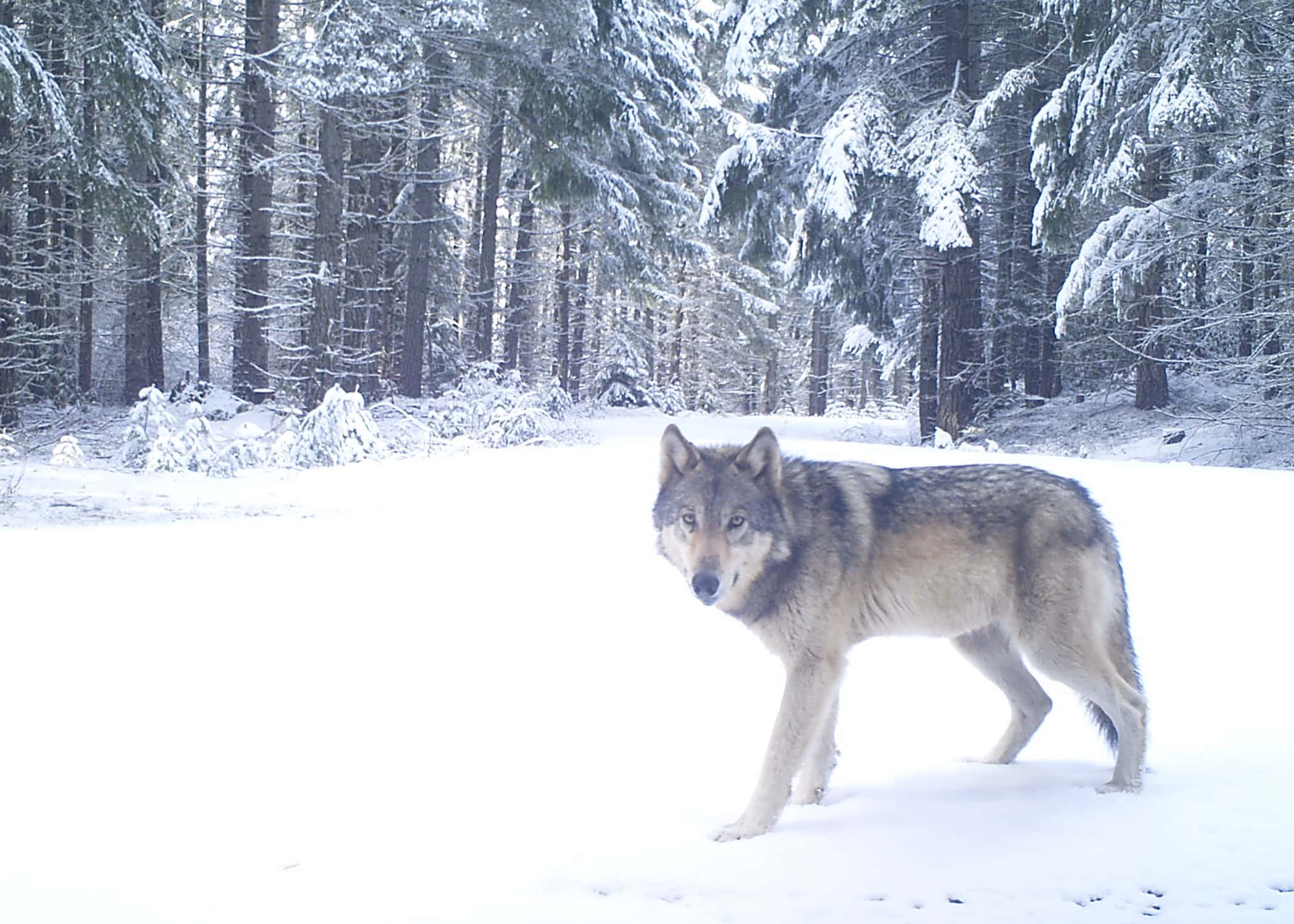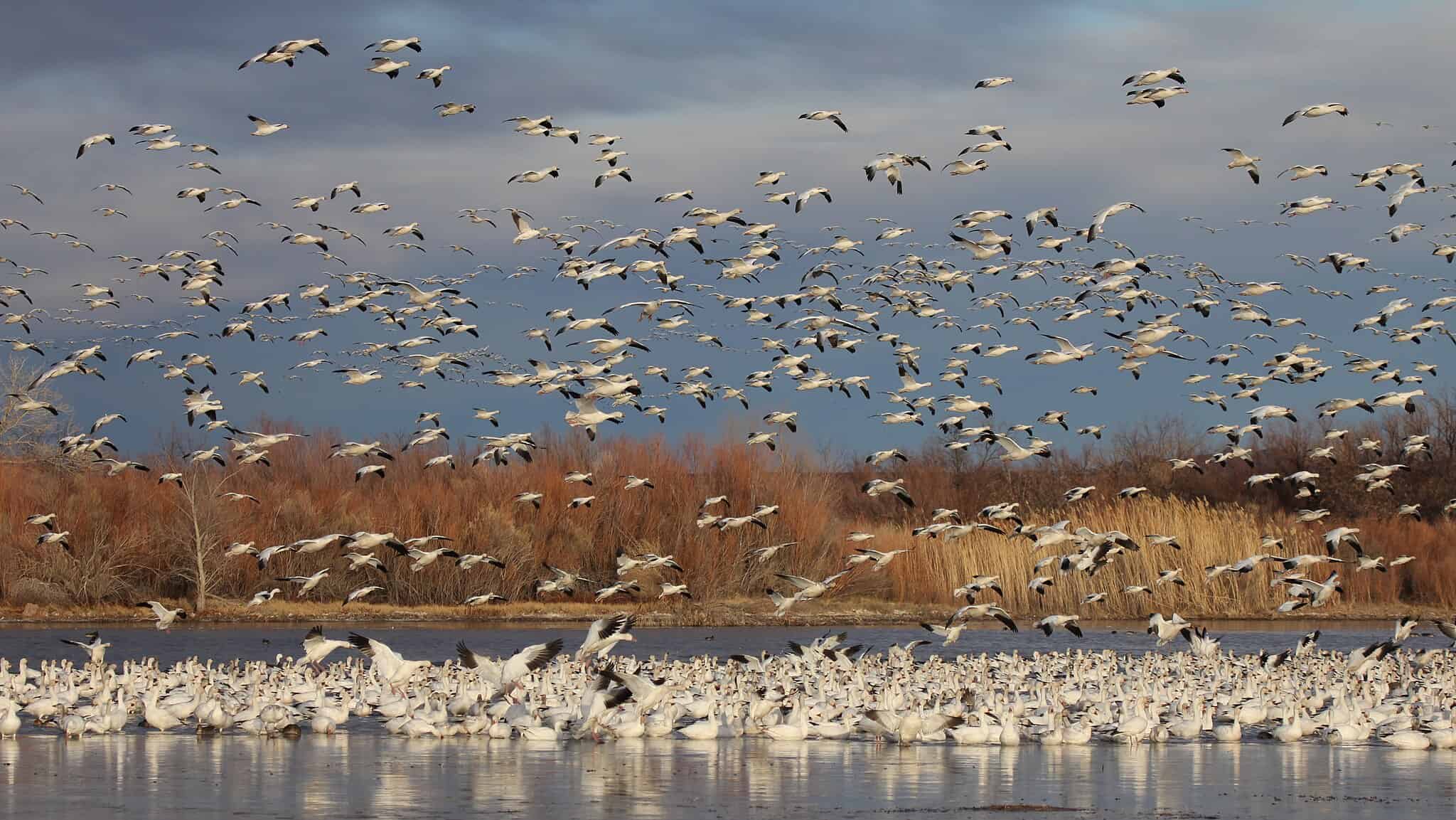Share this article
Wildlife Featured in this article
- gray wolf
USFWS issues new Colorado gray wolf designation
The designation adds flexibility for wildlife managers looking to mitigate human-wildlife conflict
The U.S. Fish and Wildlife Service has finalized plans to designate Colorado’s gray wolf population as a “nonessential experimental population,” loosening restrictions on take traditionally granted to federally listed species.
The ESA defines “take” as to harass, harm, pursue, hunt, shoot, wound, kill, trap, capture or collect an animal.
“This action will provide Colorado Parks and Wildlife (CPW) with increased management flexibility, which is expected to increase the likelihood of overall gray wolf restoration success,” said CPW in a statement following the designation under section 10(j) of the ESA.
In 2020, gray wolves were on the ballot box in Colorado, where state residents narrowly voted in favor of Proposition 114, requiring CPW to reintroduce gray wolves into designated areas of western Colorado by the end of 2023.
The passage of Proposition 114 was met with concern from wildlife managers, hunters, and ranchers.
Wildlife managers have noted potential difficulties in mitigating human-wildlife conflicts due to the species’ endangered listing.
Hunters have voiced concerns that wolves will excessively prey on game species such as deer and elk. Ranchers, concerned with the loss of livestock due to predation, have advocated for an experimental population designation for gray wolves since the passage of Proposition 114.
With the designation of the upcoming Colorado gray wolf population as an experimental population, Colorado’s game wardens, also known as District Wildlife Managers (DWMs), will be within the law to lethally take wolves that are involved in human-wildlife conflict incidents and to lethally take or employ nonlethal harassment methods on wolves preying on livestock and other domestic animals, such as household pets and working dogs. Ranchers will also be able to administer these methods on wolves that are in the act of preying on livestock.
The nonessential experimental population designation has been met with support from a diverse array of stakeholders. Groups including Defenders of Wildlife and Colorado Farm Bureau have expressed support for this designation.
The USFWS expedited the process of designating the nonessential experimental population, which typically takes two to three years, at the request of CPW and legislators such as Colorado Senator John Hickenlooper. Colorado Parks and Wildlife praised the efficiency of this designation, which will be finalized before the Dec.31 deadline for gray wolf reintroduction.
Colorado Parks and Wildlife finalized its gray wolf reintroduction plan in early May but now must work to secure the animals themselves, which will likely come from state agency and Tribal partners in Oregon, Washington, and Idaho. The agency aims to release 30 to 50 wolves over the next three to five years west of the Continental Divide.
This article was updated 10/6/23 to correct wolves’ listing status and permitted lethal take.
Header Image: A gray wolf caught on camera trap in the Willamette National Forest. Credit: Oregon Department of Fish and Wildlife








